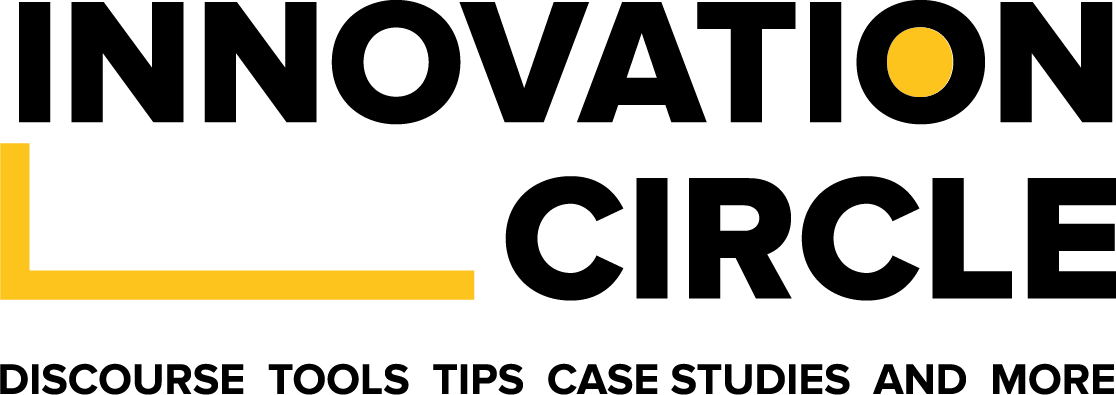
Becoming Curious: How Innovation Begins
Curiosity is an important characteristic of innovators because it motivates one to question facts and assumptions. When questions are asked, we are made to think differently about a service or product. Contrary to some opinions, innovation isn’t something new, it could be new, but the unique value innovation brings is that it simplifies or improves on an already existing challenge that could either be articulated or unarticulated.
Have you ever wondered what makes for great innovators? Innovators are characterised by their curiosity. You’ll find them prying into challenges, searching within themselves opportunities that can be leveraged as a solution for specific challenges. This way of thinking is what leads them to great innovations. This mindset isn’t new to innovators, it is something that we are all born with, the only difference is that some gradually lose these tendencies as they grow up. Not to worry it can be gotten back.
Curiosity is an important characteristic of innovators because it motivates one to question facts and assumptions. When questions are asked, we are made to think differently about a service or product. Contrary to some opinions, innovation isn’t something new, it could be new, but the unique value innovation brings is that it simplifies or improves on an already existing challenge that could either be articulated or unarticulated. While reading a book by Adam Grant, The Originals I came across this quote “Being original doesn’t require being first. It just means being different and better.”
“Being original doesn’t require being first. It just means being different and better.”
Adam Grant
This quote just brings to light how as innovators the aim shouldn’t be how fast we can get to market but how the product/service we are innovating on can cause a difference and improve the condition around a specific challenge.
Microsoft, Google, Apple, Tesla, Interswitch, Flutterwave are popular today not because of their unique names but because of the innovations they were able to birth from their organizations. These innovations came as a result of a certain level of curiosity that their leaders had from inception. The leaders of these organizations were moved with a question on how to improve on a need and they were able to question various assumptions and facts until they landed on solutions that addressed the needs.
Now I know other innovators haven’t been as successful as the ones earlier pointed out, however, there are reasons for that as well. One of the key factors that makes some innovators successful is pointed out from the Innovation Dilemma which was written by the late Clayton Christensen. In the book the author clearly explains two major strategies of innovations that major businesses adopt:
- Sustainable Innovation
- Disruptive Innovation
For sustainable innovation, we see that major organizations focus on improving on already existing innovations or we could say focusing on major areas that have challenges that should be addressed.
Disruptive Innovation, on the other hand, forms a part of a strategy used by start-ups to develop solutions for a niche market which sometimes are overlooked by bigger organizations.
A note to point out, however, is that innovation is a risky activity in itself but it’s a risk that can be managed to an extent and offers a reward that really has an impact. These risks are what big businesses are cautious of and hence tend to draw away from such innovations because for them the stakes seem to be higher than when compared to the Start-ups who have little to lose and hence are able to bear the risk better.
Amazingly, that’s the twist to becoming innovative. As an innovator who is curious, wanting to find answers to questions, you must be willing to take risks and I mean well-calculated risks. Most businesses today were established as a result of a risk that was taking in trying to solve a need.
As a business leader, you should always open up to curiosity. Rather than assuming on a process that is presented or a product that is built, look for a new way to address the challenge. Looking for a new way that meets needs is what will set you apart as an innovative leader. Innovation isn’t just about building a new digital product, its building products/services that address challenges faced by people.
Looking at your team today, what product, service or process do you think can be improved on? What areas or niche are there opportunities that you and your team are overlooking? Starting now, question those challenges and work with your team to innovate around it.
Innovation starts from a curious mind. Start questioning.



